| Green Peace |
| August 14, 2012 |
| By Lu Guang |
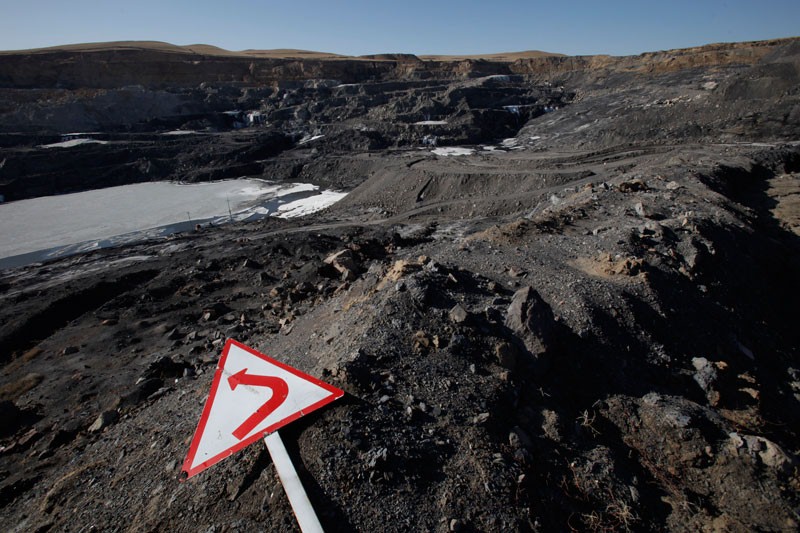 |
|
A signpost
is placed on
the Yuejin
open-cast
coal mine in
Xilin Gol,
Inner
Mongolia.
|
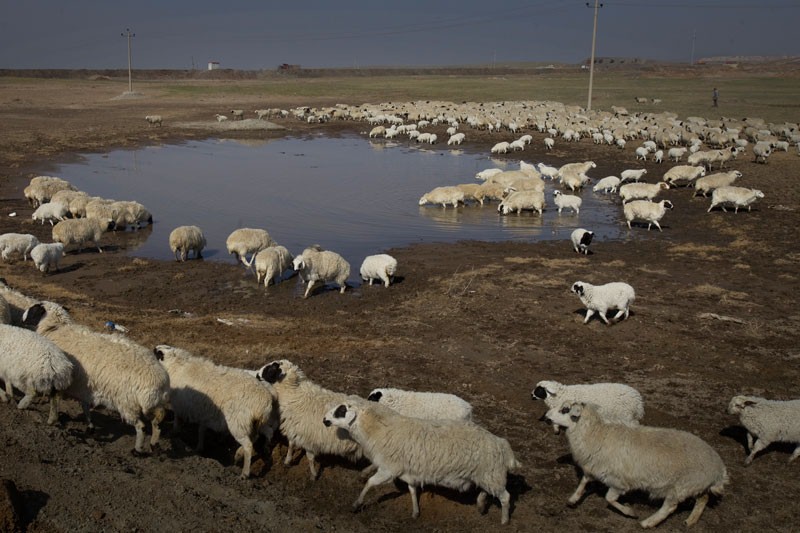 |
|
Sheep graze
near the
Baiyinhua
No. 1
open-cast
coal mine in
West Ujimqin
Banner of
Xilin Gol,
Inner
Mongolia.
|
 |
|
A herder
watches his
sheep on the
degraded
grassland
near the
Baiyinhua
No. 1
open-cast
coal mine in
West Ujimqin
Banner of
Xilin Gol,
Inner
Mongolia.
|
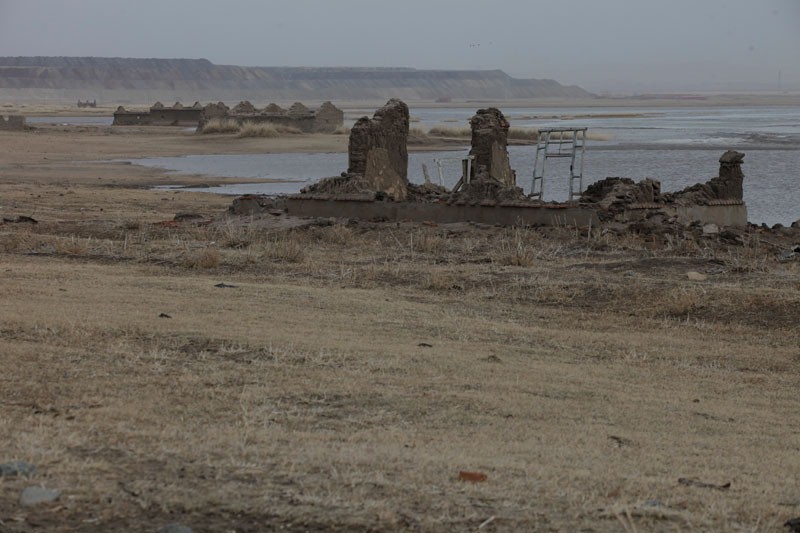 |
|
A
residential
house, amid
a reservoir
area in West
Ujimqin
Banner of
Xinlin Gol
in Inner
Mongolia,
has become
dilapidated
due to the
hydraulic
project,
constructed
to capture
water for
the
Baiyinhua
Coal
Industry
Park.
|
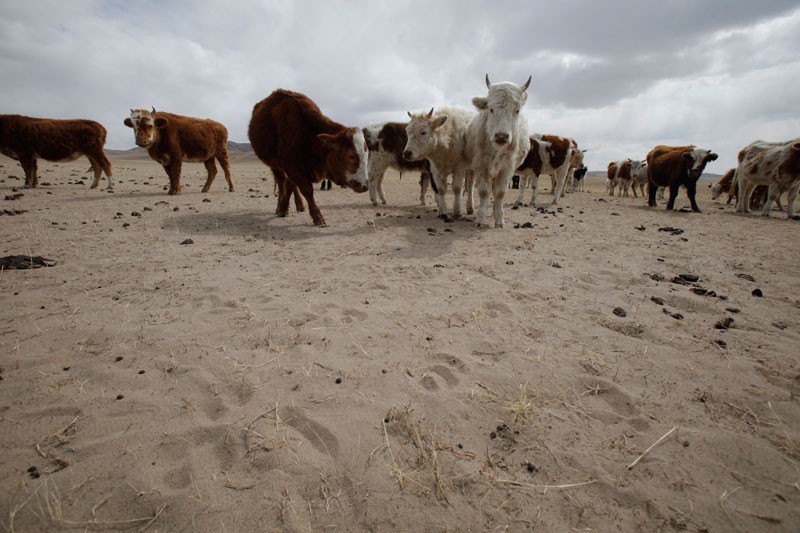 |
|
Cows are
having a
hard time
finding food
at a
degraded
grazing
site, which
lies 5km
downstream
from
Gaolehan
Reservoir in
West Ujimqin
Banner of
Xilin Gol,
Inner
Mongolia.
|
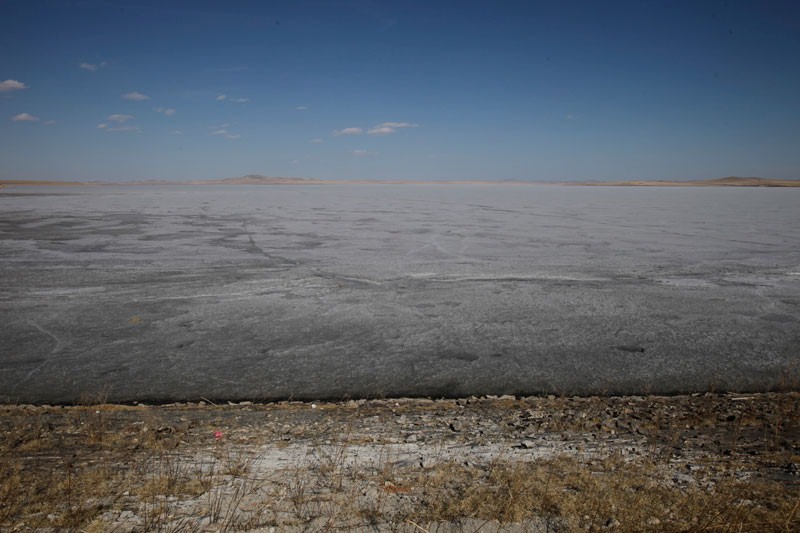 |
|
Wulagai
Reservoir in
West Ujimqin
Banner of
Xilin Gol,
Inner
Mongolia,
intersects
with the
Wulagai
River,
contributing
significantly
to the
degradation
of the
Wulagai
Wetland.
|
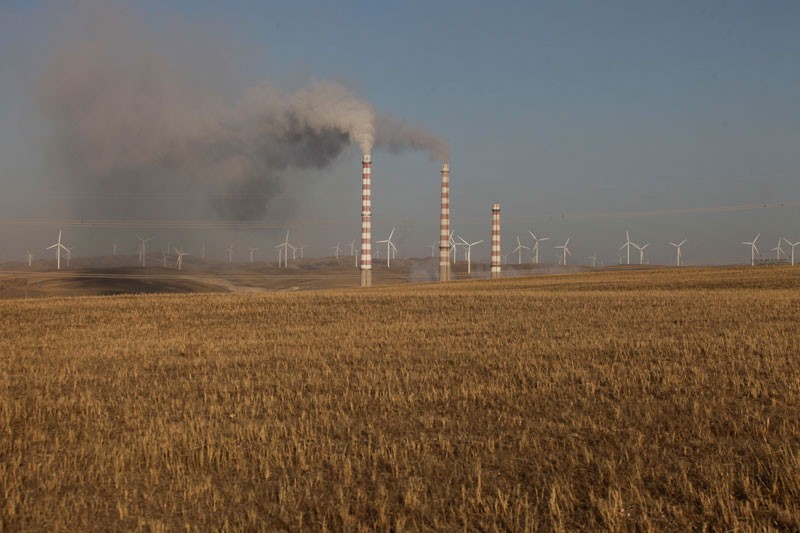 |
|
Dark smoke
emits from
stacks owned
by
Hemeihongjun
Aluminum
Electricity
Company of
the China
Power
Investment
Corporation.
On condition
of
anonymity,
an employee
of the
corporation
claims that
the
corporation
has violated
regulations
by shutting
down the
dust removal
devices and
desulfurization
devices of
this power
plant.
|
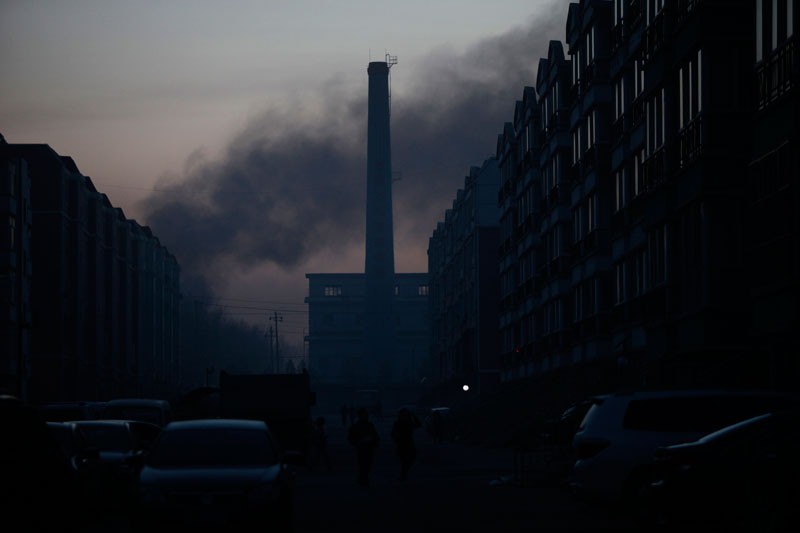 |
|
Smoke from
factories
causes
severe air
pollution in
Huolin Gol
city, Inner
Mongolia,
whose
economy
relies
heavily on
coal-related
industries.
|
 |
|
Part of
stage II of
the water
supply
project,
Ningdong
coal-chemical
base in
Ningxia Hui
Autonomous
Region. A
pipeline is
being
constructed.
|
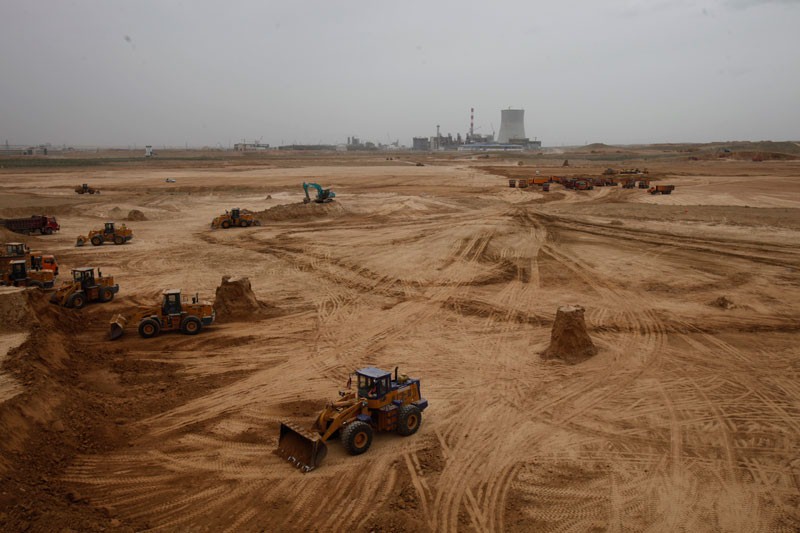 |
|
The Ningdong
coal-chemical
base, which
is set to
process four
million tons
of coal for
liquefaction
in 2015, is
in the
process of
expanding.
|
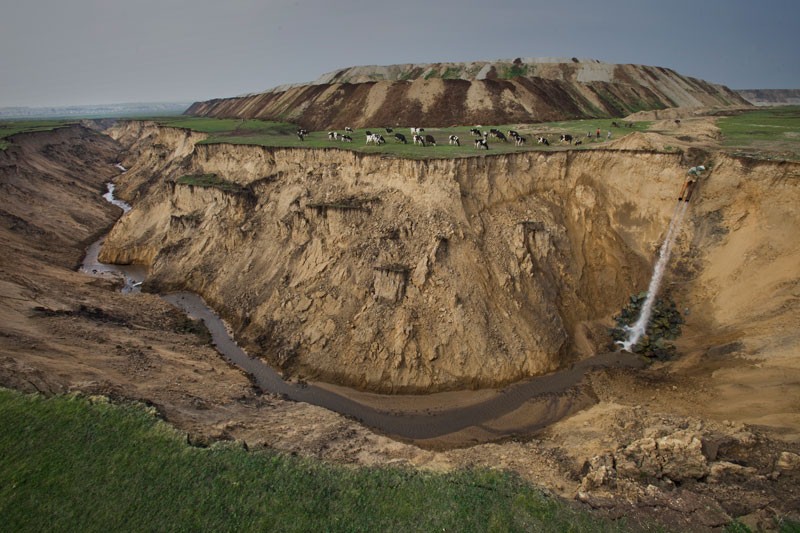 |
|
A slag pile
and drainage
pipe at the
Baorixile
open-cast
coal mine in
Hulun Buir,
Inner
Mongolia.
|
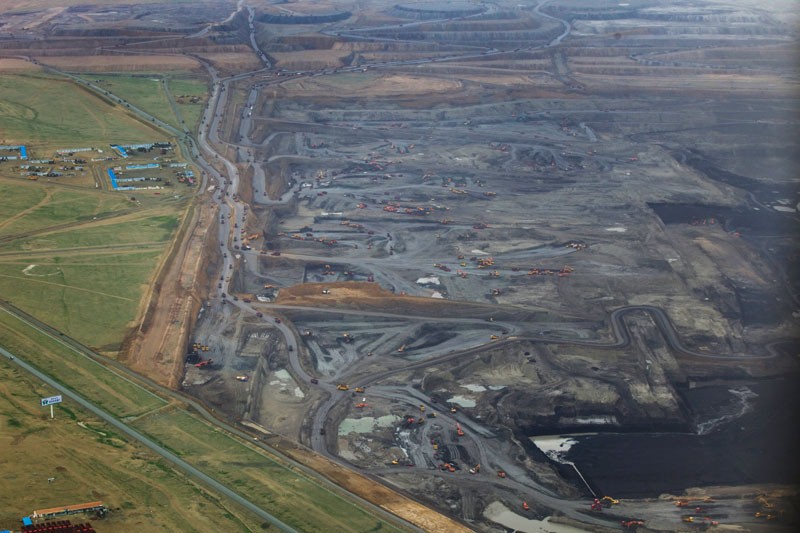 |
|
The Shengli
open-cast
coal mine in
Xilin Hot,
Inner
Mongolia,
encroaches
on the
grassland.
|
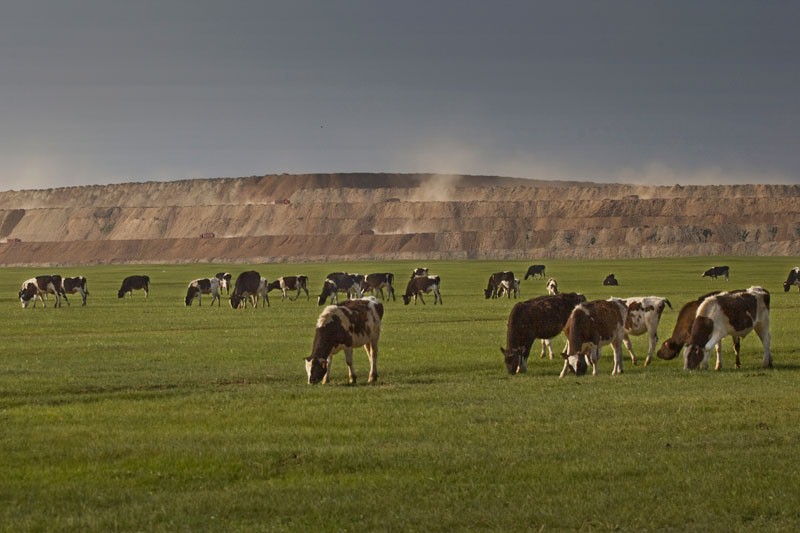 |
|
Cows graze
near an
open-cast
coal mine in
Xilin Gol,
Inner
Mongolia.
Xilin Gol is
blessed with
some of
China’s best
grasslands,
but
increasingly
these
grasslands
are being
peeled away
for the rich
coal
reserves
underneath.
|
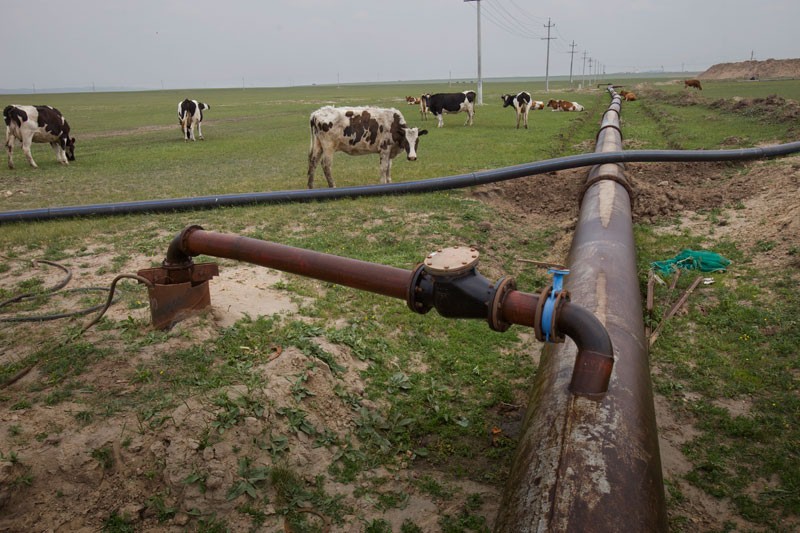 |
|
Cows graze
beside a
pipeline
belonging to
the Dongming
open-cast
coal mine,
Hulun Buir
city, Inner
Mongolia.
Milk sales
are a main
source of
income for
the local
people.
|
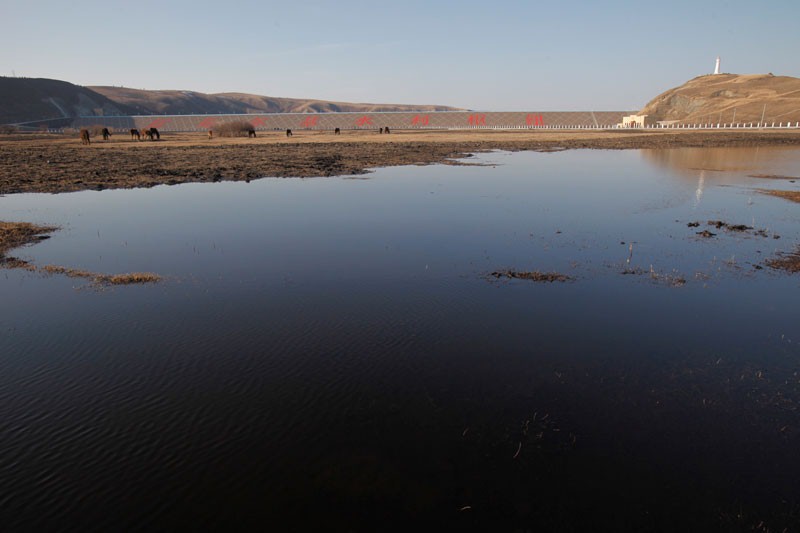 |
| The Honghuaerji Reservoir, designed to provide water for two coal-fired power plants in Hulun Buir city, Inner Mongolia, is co-invested and built by Huaneng Group and Luneng Group. Both Huaneng and Luneng are among the top five biggest Chinese power companies. |







